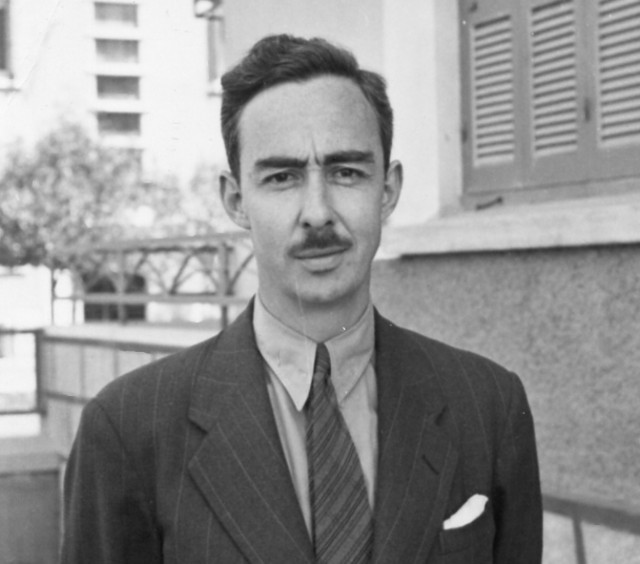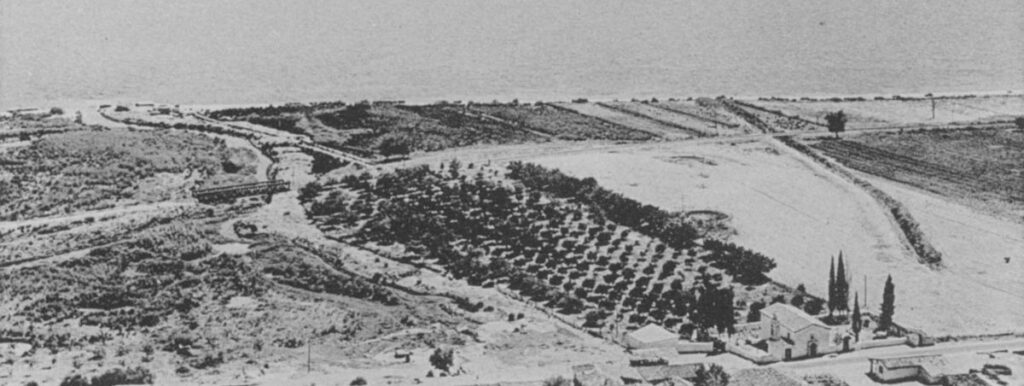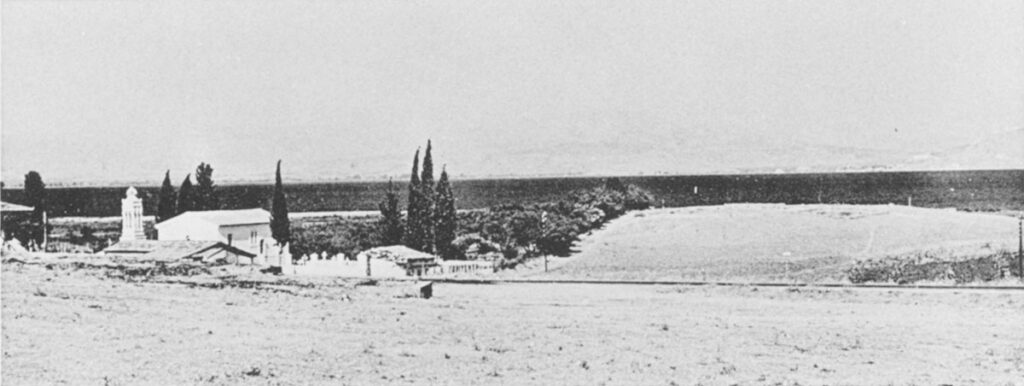John L. Caskey and the Rediscovery of a Mythical Land
In the peaceful coastal village of Myloi, just steps from the shimmering Argolic Gulf, lies one of Greece’s most quietly profound archaeological treasures: Lerna. For centuries, its name was wrapped in legend—known as the lair of the fearsome Lernaean Hydra, slain by the mighty Herakles. But the real Lerna—its buildings, its people, its ancient heartbeat—lay buried and forgotten beneath the earth. That changed in the 1950s, thanks to the vision of one man: John Langdon Caskey.
In the 1950s, Caskey—an American archaeologist with a quiet passion and a sharp eye for history—arrived in Greece with more than academic curiosity. He had a feeling that something important was waiting to be uncovered in Myloi. What he found would go on to reshape our understanding of Bronze Age Greece.

John (Jack) L. Caskey
Born in 1911 in Maryville, Missouri, USA, Caskey grew up far from the ancient ruins of Greece. But his curiosity was boundless. After studying at Yale and then at the University of Cincinnati, he became one of the leading classical archaeologists of his generation. By the time he arrived in Greece, he had already worked at Troy and other major sites. But something about Lerna called to him.
At the time, Lerna was just a name on a map and in myth. No one knew for sure what lay beneath the fields near Myloi. But Caskey, working with the American School of Classical Studies at Athens, had a hunch. The region hadn’t been fully explored archaeologically, and its location—near important trade routes, fresh water, and fertile plains—hinted that it could have been a hub in ancient times.
So in 1952, shovel in hand, Caskey began to dig.
Over the next six excavation seasons, what he uncovered was far greater than anyone expected. Layer upon layer revealed a continuous settlement going back to the Neolithic period—more than 6,000 years ago. The most astonishing find was the House of the Tiles, a massive Early Bronze Age structure with baked clay roof tiles (a rarity at the time), suggesting administrative or possibly even political power.
But Caskey wasn’t just a scientist cataloging artifacts. He was a storyteller at heart—someone who believed that archaeology should connect us with the lives of ordinary people from long ago. He saw the past not as dry data, but as something deeply human. His work at Lerna gave the world not just facts, but a narrative—one that spanned thousands of years, from the earliest farmers to the dawn of Mycenaean civilization.
To those in Myloi, Lerna might have always been a familiar presence, a name in a tale, a field by the sea. But after Caskey’s work, it became something far richer: a testament to endurance, innovation, and memory.John L. Caskey passed away in 1981, but his legacy endures in the earth he uncovered, and in the stories he helped tell. He was more than an archaeologist; he was an interpreter of ancient lives. And in giving Lerna a face, he also gave Myloi a timeless voice in the story of Greece
In addition to his work at Lerna, John L. Caskey, as director of the American School of Classical Studies, played a key role in supporting persecuted scholars after World War II. He helped German-Jewish academics like Heinrich Immerwahr find a new academic home in Greece.
A Glimpse into the Past: The Old Photographs of Lerna

The Lernaean Marshes, the Stream Amymone, and the Ancient Site from Mt. Pontinos.

Mound from West.
Source : John L. Caskey: Excavations at Lerna: 1952–1953
For more information about Lerna, please check the official Ephorate of Antiquities of Argolida website
